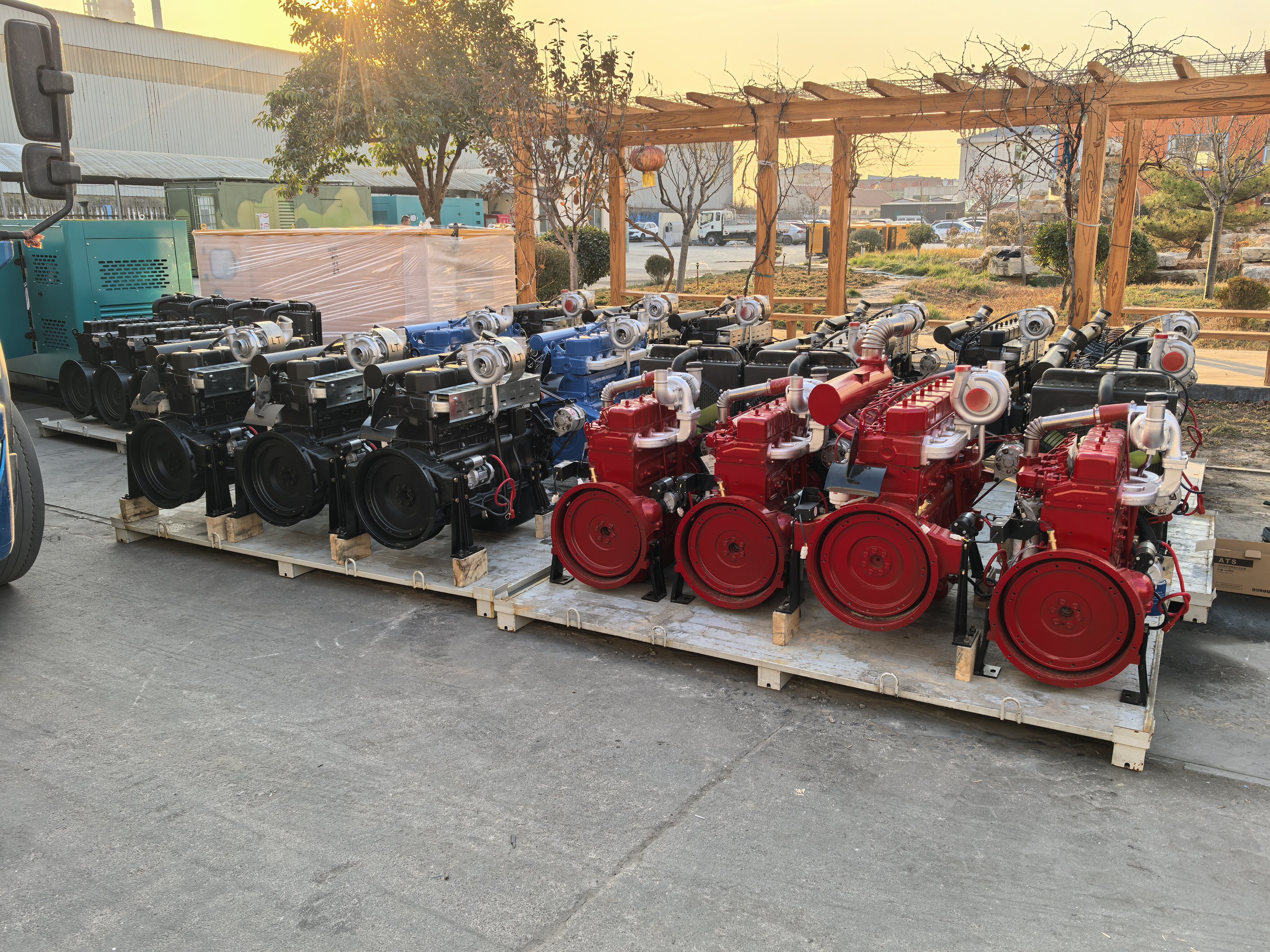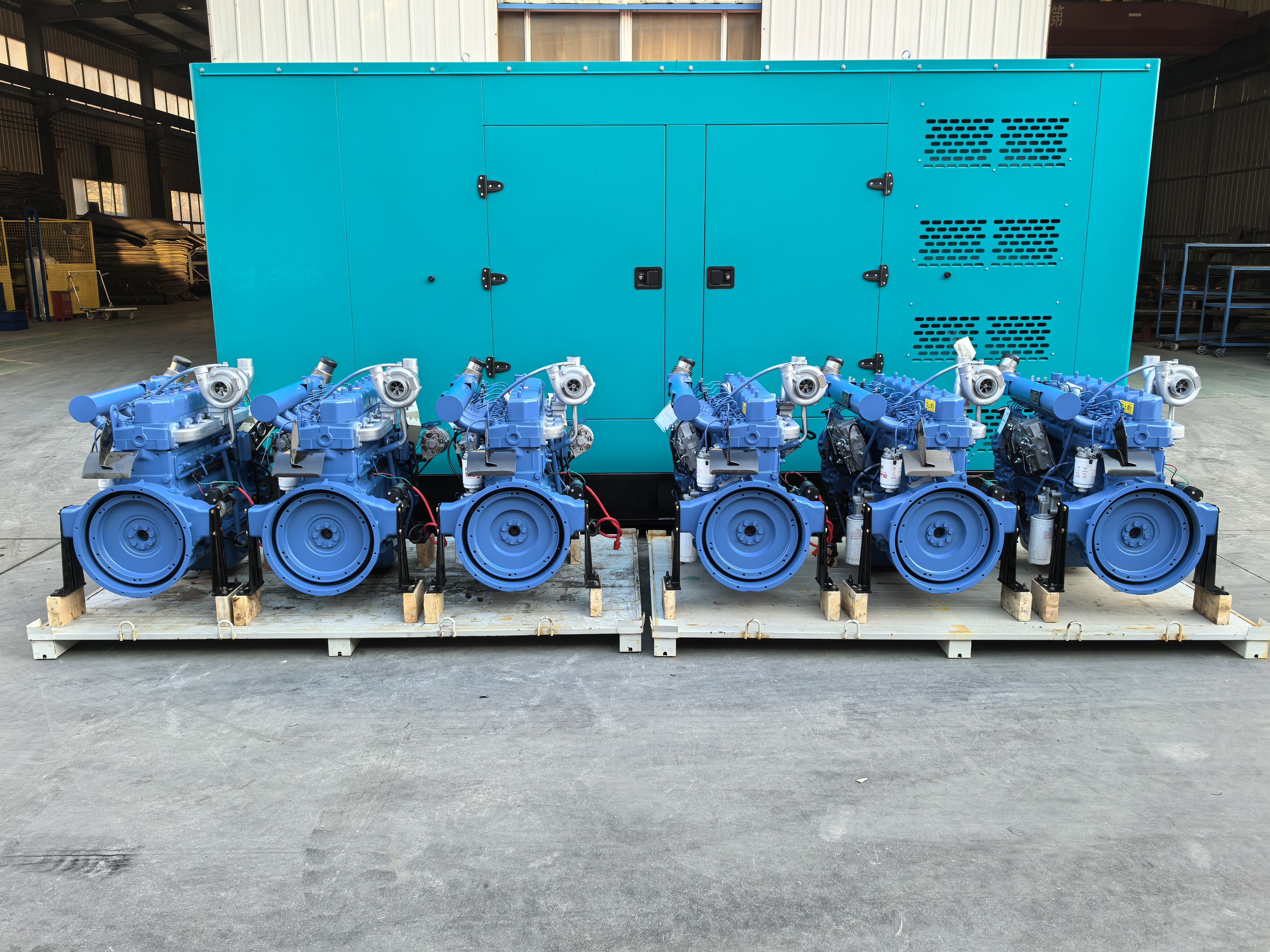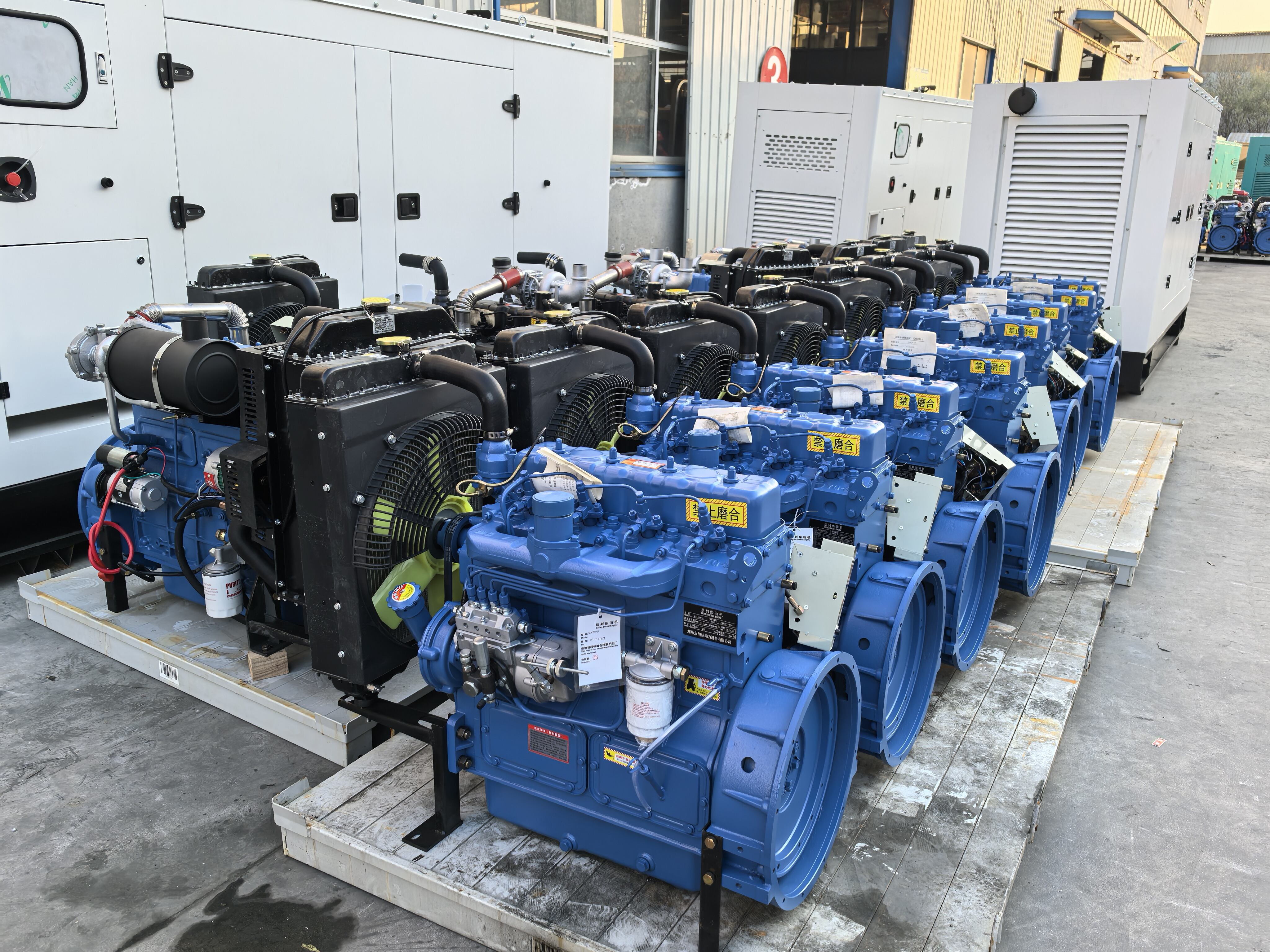ac generator
An AC generator, also known as an alternator, is a sophisticated electrical device that converts mechanical energy into alternating current electrical power. This essential piece of equipment operates on the principle of electromagnetic induction, where mechanical rotation of a conductor within a magnetic field generates electrical current. The device consists of key components including a rotor, stator, slip rings, and brushes, working in harmony to produce reliable electrical output. The rotor, containing electromagnets or permanent magnets, rotates within the stationary stator, which houses the conducting coils. As the rotor spins, it creates a varying magnetic field that induces alternating current in the stator windings. Modern AC generators feature advanced voltage regulators that maintain stable output despite varying loads, sophisticated cooling systems for thermal management, and precise speed controls to maintain the desired frequency output. These generators find widespread applications across various sectors, from portable power units for construction sites to large-scale power generation in industrial facilities. They serve as backup power sources in hospitals, data centers, and telecommunications facilities, ensuring continuous operation during grid failures. The versatility and reliability of AC generators make them indispensable in today's electricity-dependent world.


